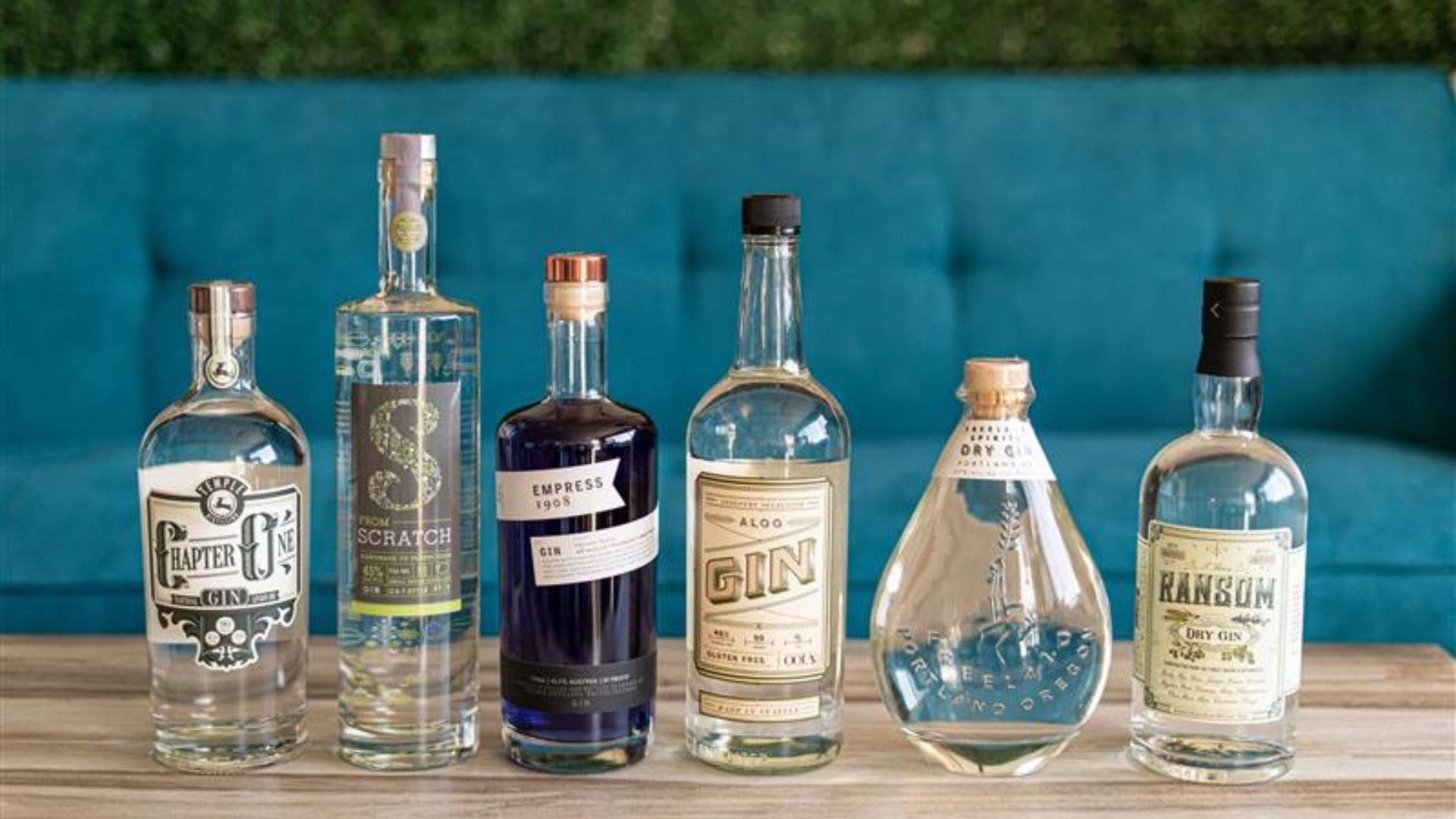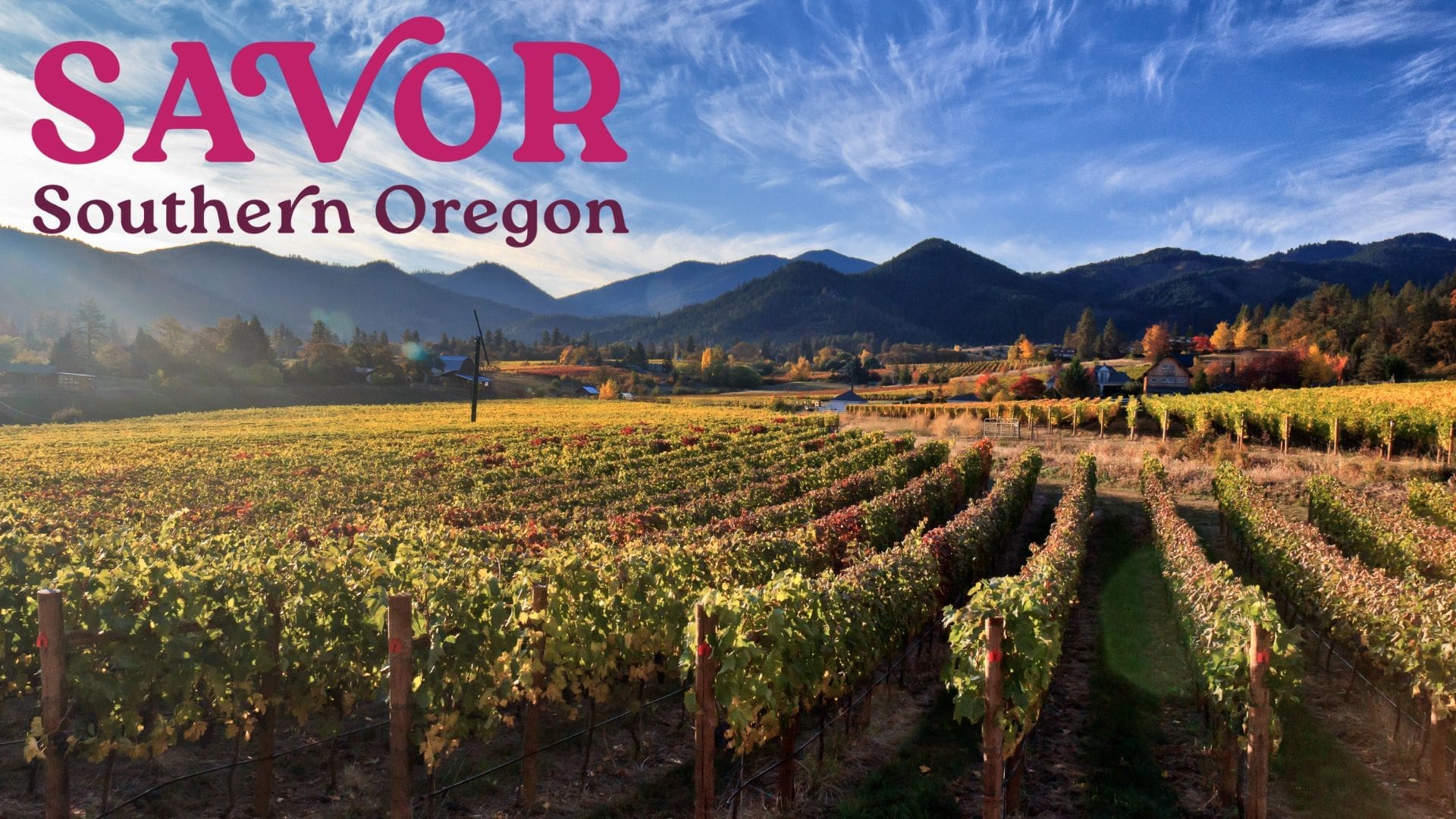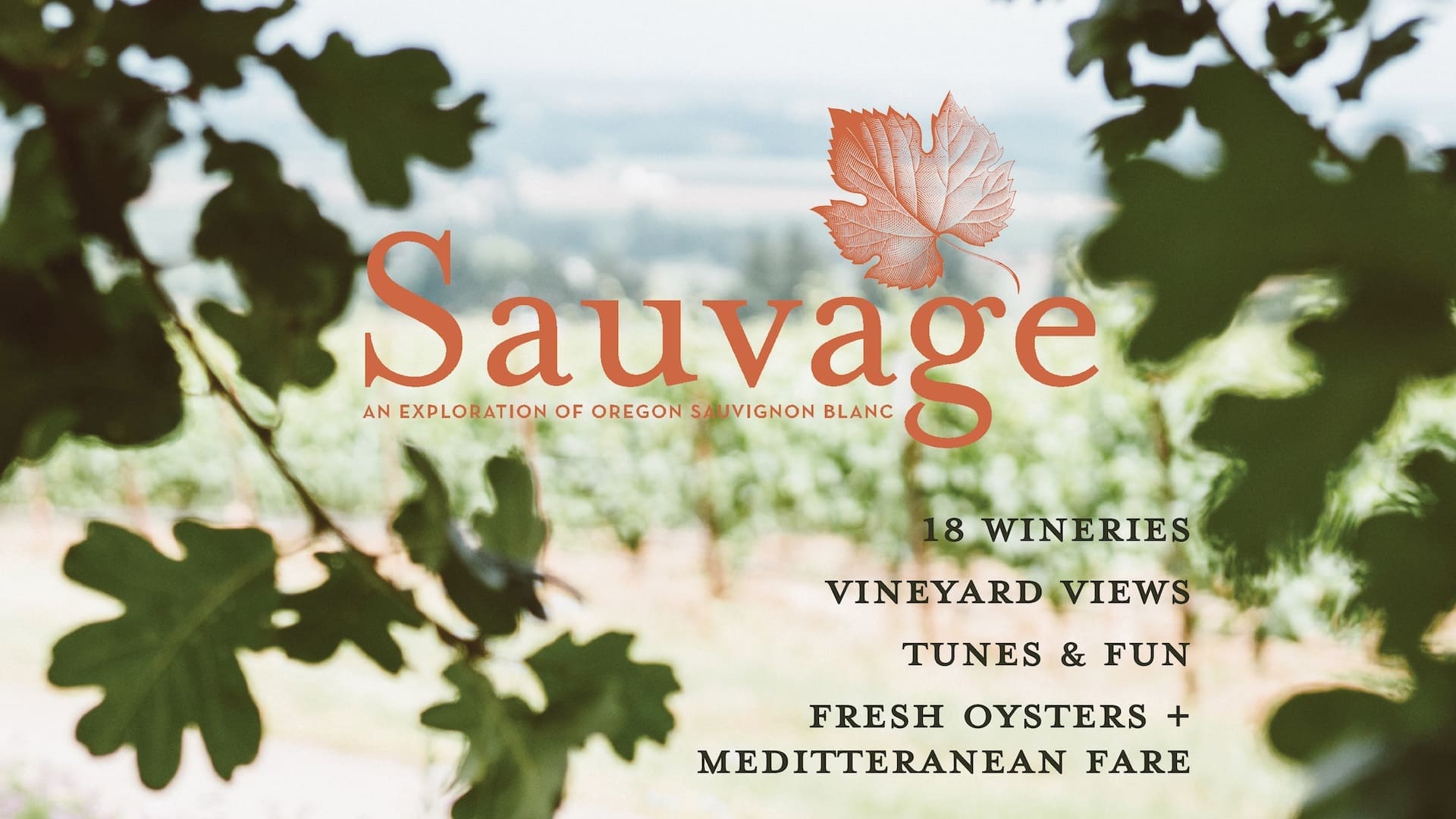It should be mentioned right from the start that, by and large, I’m a big fan of the Oregon wine industry. Their ability to craft world-class Pinot Noir in a wide range of styles is impressive, and the extent to which a spirit of innovation and creativity infuses their work is great. Understandably, the Oregon wine world has mostly defined itself in relation to Burgundy, the world’s foremost source of Pinot Noir. The similar latitudes of both regions provide an easy talking point, and everything from clonal selection to aging techniques and stylist choices have a distinct Burgundian air.
In my opinion, it’s also evident that white wine has always been a bit more vexing. Pinot Gris is the most planted grape, but it rarely reaches the heights of its sibling. Riesling shows promise in every way except on store shelves, where it remains a tough sell. The natural fit would seem to be Chardonnay, given that it’s the white varietal that dominates in Burgundy, but it has yet to gain much traction, especially outside of Oregon itself. Over the last few years, growers and winemakers have once again tried to promote Oregon Chardonnay with mixed results.
Initial forays into Chardonnay were largely unsuccessful because the first plantings in the Willamette Valley came from California source material. Clones which achieved ripeness in the warmth of Napa struggled in a much cooler climate, and the market at the time demanded ripe, tropical Chardonnay drenched with oak. French clones become available in the late 1980s and have been planted throughout the valley, but to date they’ve yet to achieve the same level of acclaim as Pinot Noir.
Many of the Oregon Chardonnays I’ve tried have occupied a strange middle ground between Burgundy and other West Coast states like Washington and California, with some of the ripeness and fruit character of the latter while not quite achieving the stark minerality of the former. Paradoxically (or possibly ironically), you could probably say same the thing about Oregon Pinot Noir, as it’s not quite as earthy and funky as Burgundy but not as bright and fruity as most California offerings. While straddling those two styles clearly works with red wine, it can be less wonderful in white.
The other problem is that while there’s not nearly enough great Pinot Noir in the world, there’s an almost unfathomable amount of Chardonnay in the market these days from just about every corner of the globe. Finding an audience in that very crowded realm might be a bit too much to ask for a region that is still overwhelmingly focused on one grape, where the vast majority of winemaking skill, know-how and energy goes into Pinot Noir. Of course great bottlings of Chardonnay can and do come from Oregon and support is growing with events like the Oregon Chardonnay Symposium, but for the time being they feel more like an occasional stroke of fortune than the harbinger of an emerging trend.












